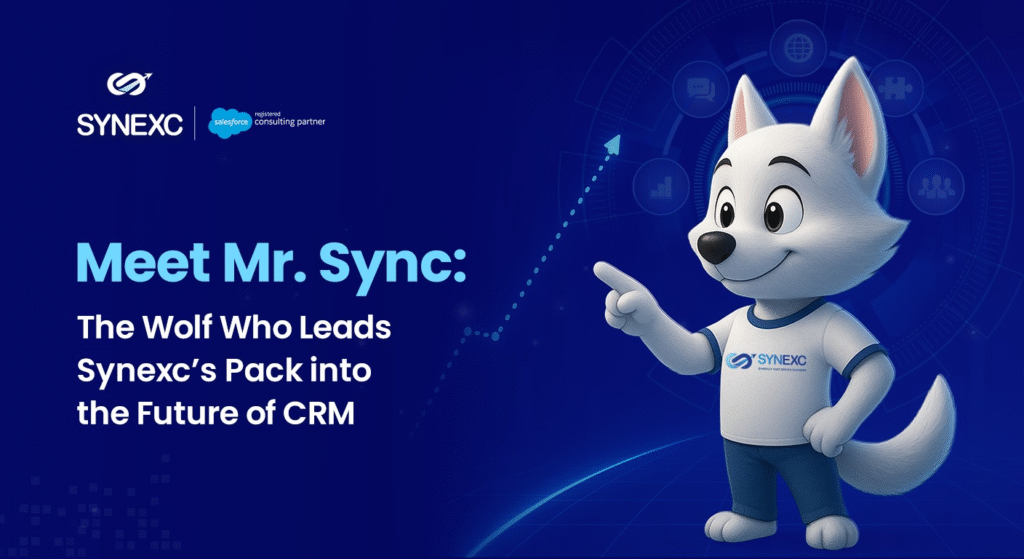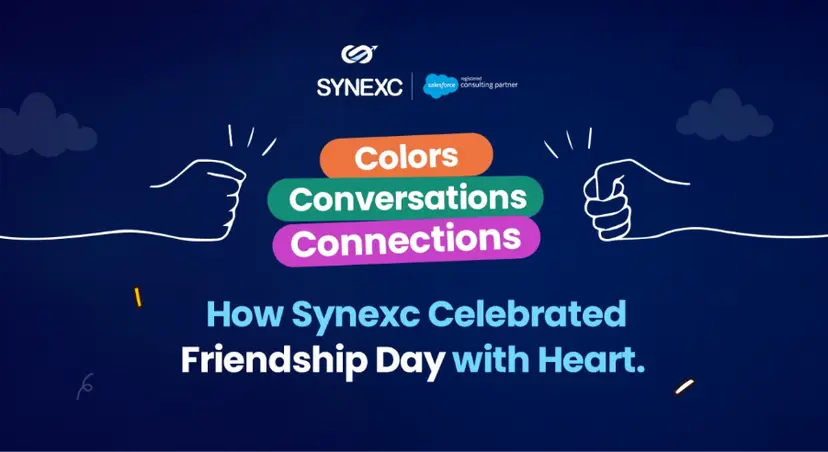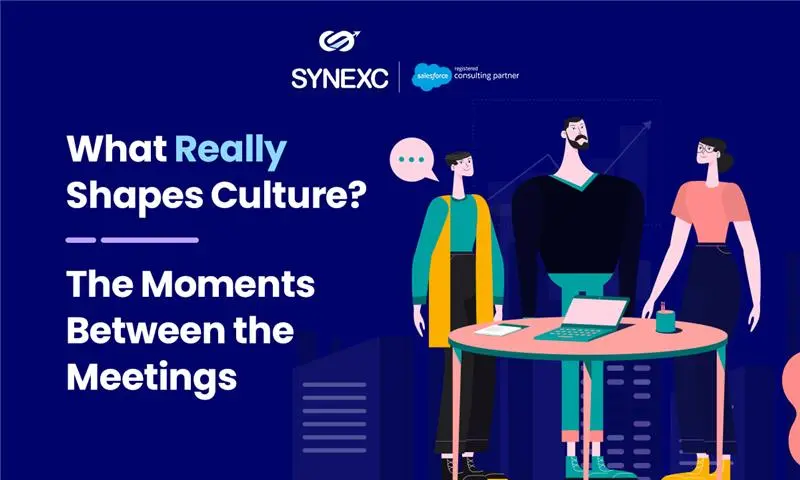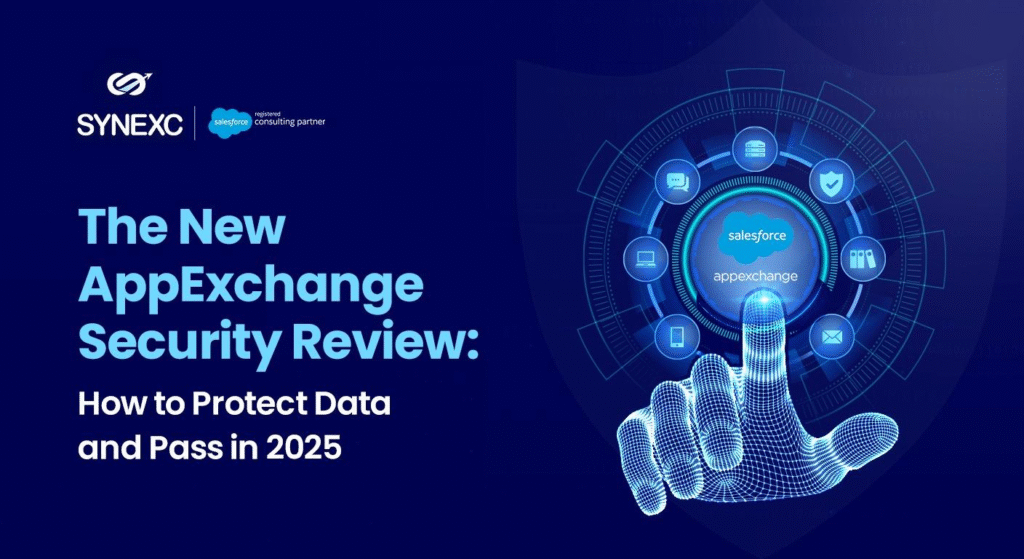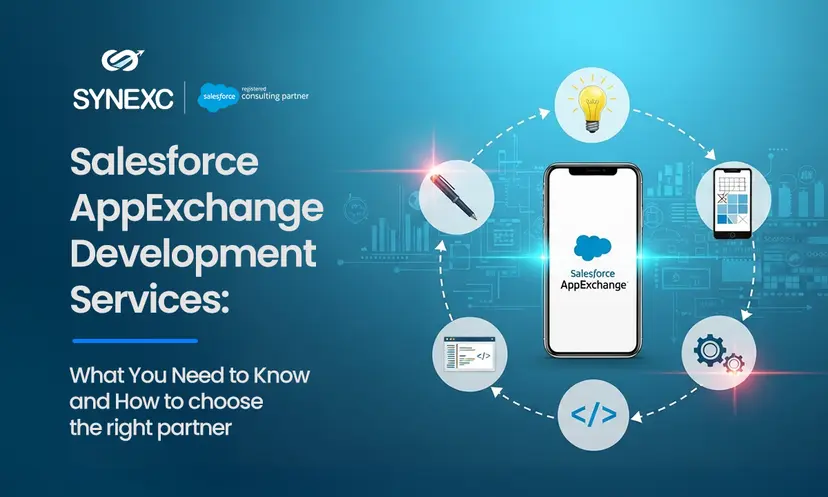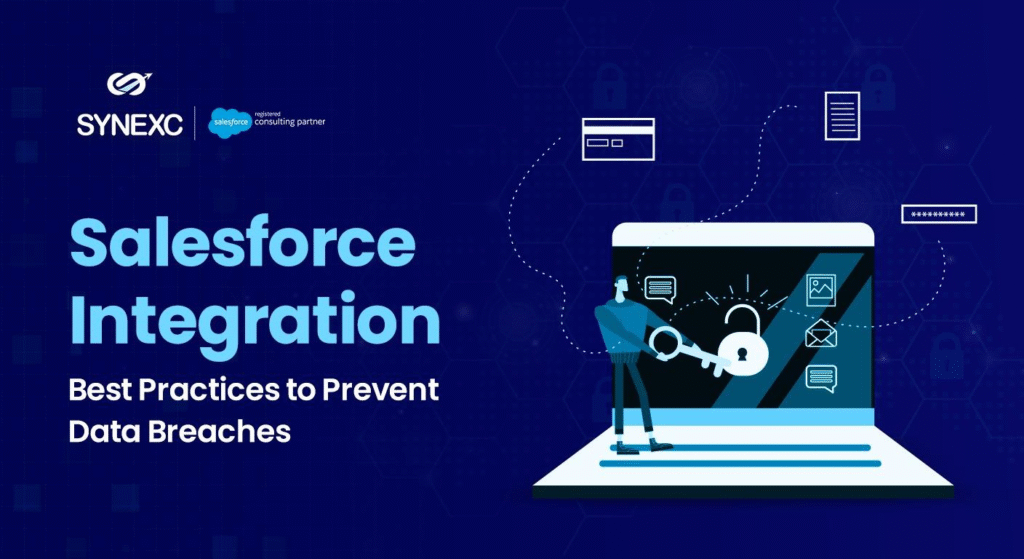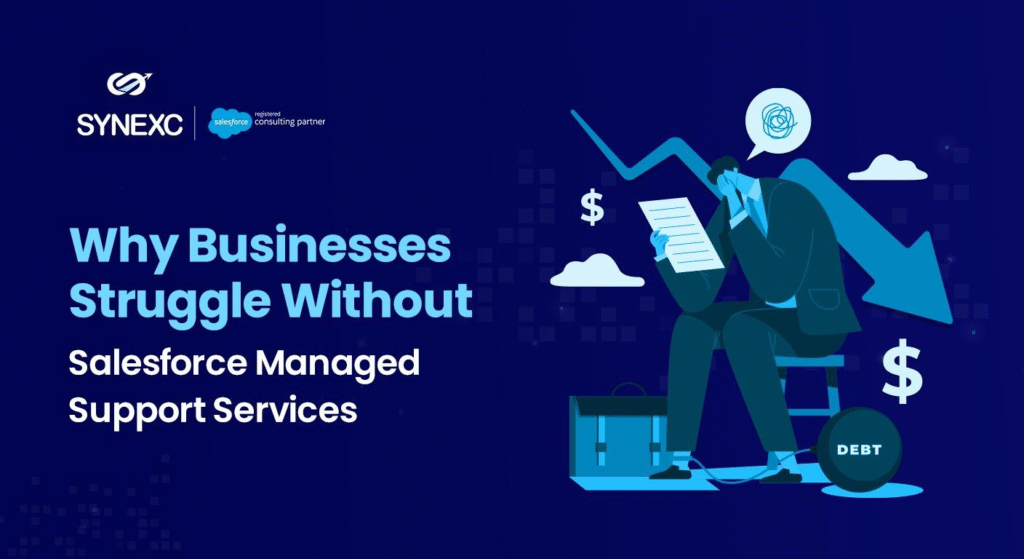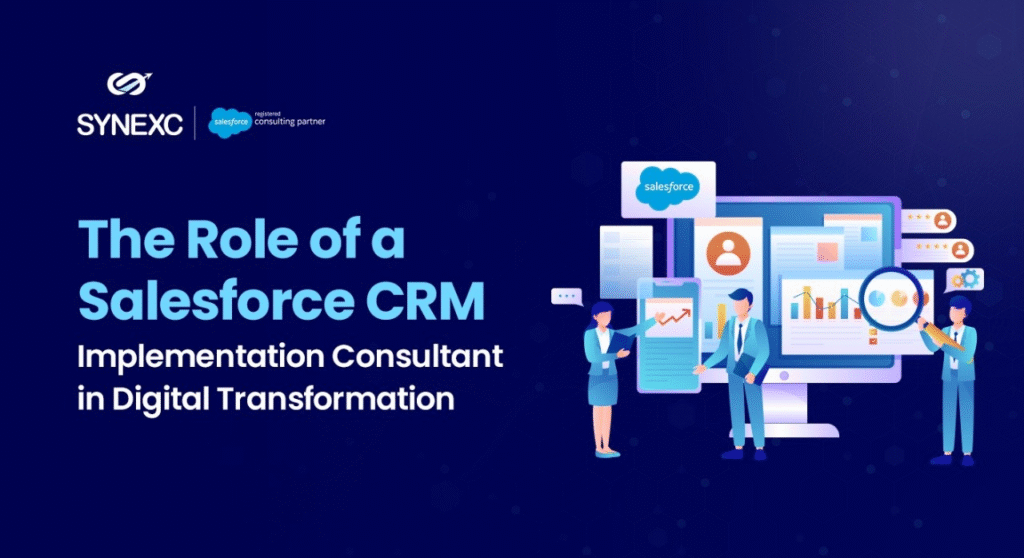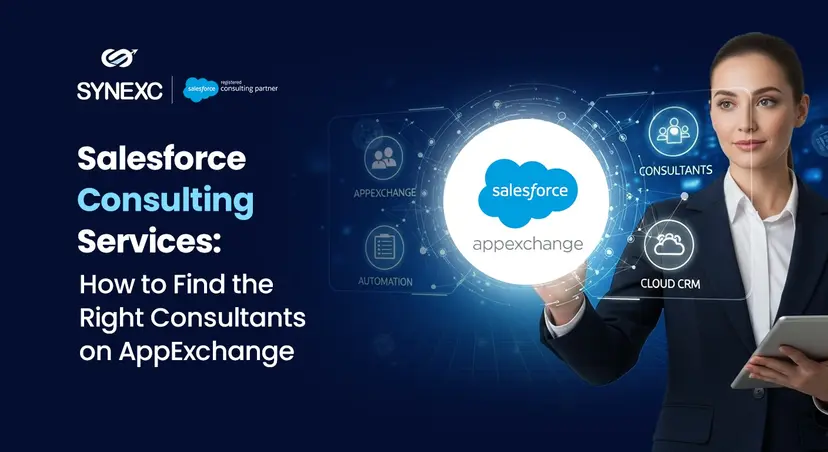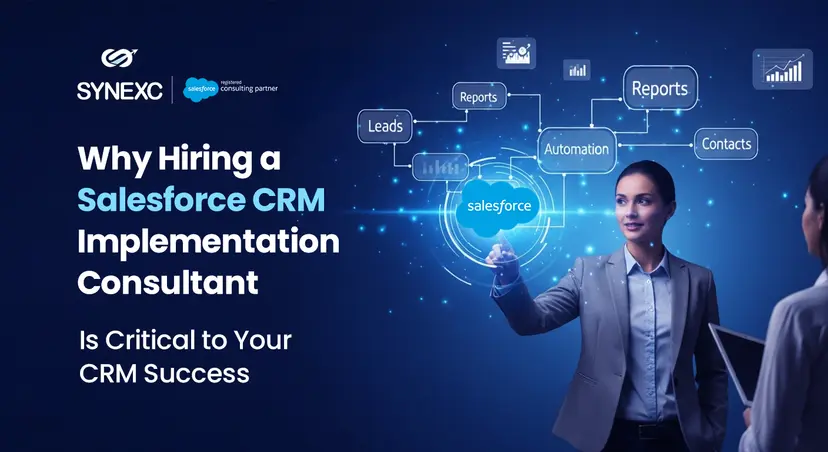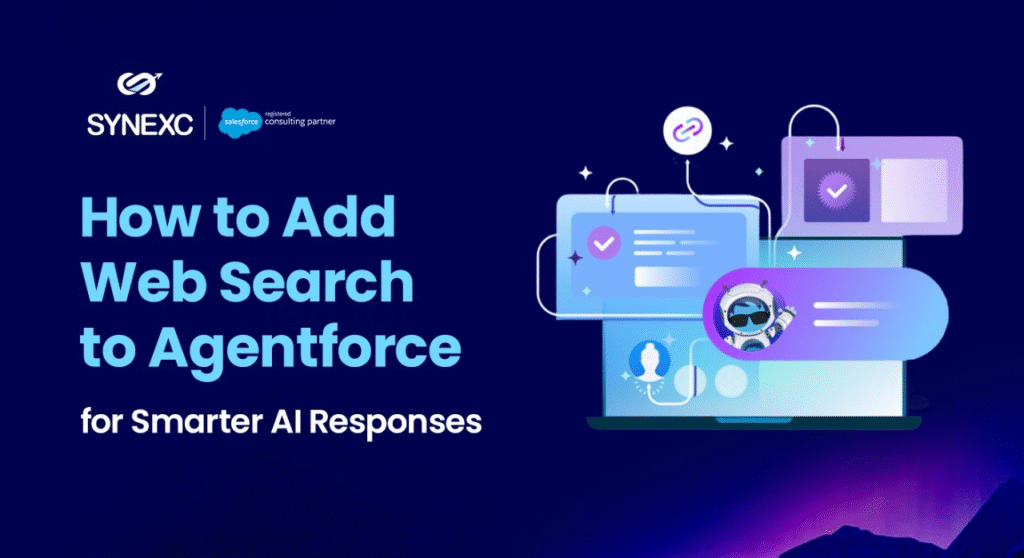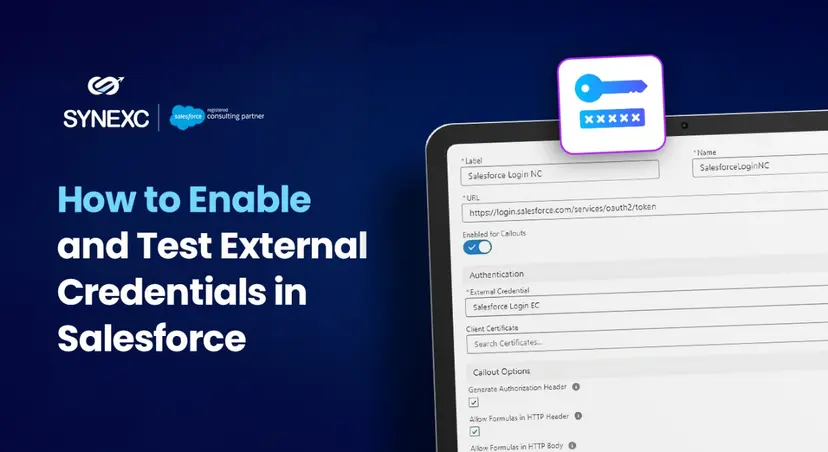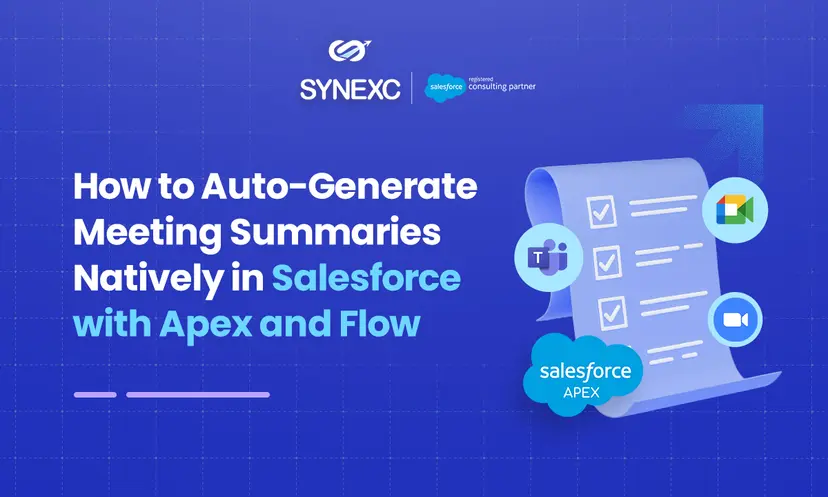While Summer ’25 is still fresh, it’s time to shift focus to the Salesforce Winter ’26 Release, which begins rolling out in September 2025.
This release introduces critical changes that could impact how your org functions, especially if you rely heavily on custom code, older user records, or Service Assistant.
In this blog, we’ll cover the key features, what’s likely coming, and how to prepare your org before enforcement begins.
Key Enhancements Coming in Winter ’26
1. Enforced Verified Email Requirement:
Salesforce will enforce email verification for user email addresses. Any unverified email (set via automation, API, or manually) will no longer be allowed to send emails through Salesforce.
What to Do:
Audit your User records now. Identify unverified emails and encourage verification. Pay special attention to integration users, system-generated emails, or legacy user accounts.
2. Retirement of FlowSites Permission:
Flows that depend on the now-retiring “FlowSites” user permission will no longer function after Winter ’26. This permission is being retired, and all such Flows will fail if not updated before Winter ’26.
What to Do:
Run the “Where is this used?” analysis on Flows in your org and replace FlowSites with current access management standards. Switch to login flows or embedded solutions where necessary.
3. Role Sharing Enforcement (EnableUserRoleUnificationUpdate):
Salesforce will enforce updates to how user roles interact with sharing rules. This will affect access grants across orgs using complex sharing hierarchies.
What to Do:
Run a sharing impact report, especially if you use custom roles heavily or have internal vs. partner roles. Validate object-level access based on sharing rule simulations.
4. Apex Class Constructor Behavior:
Although constructor enforcement was originally planned for Winter ’26, Salesforce has rolled back the timeline for Apex constructor enforcement. However, developers should still align custom classes with the latest best practices.
What to Do:
Refactor Apex classes now to ensure constructors aren’t returning values. Use Salesforce Winter ’26 updates as a soft target for code hygiene.
5. Maintenance Plan Standard Field Retirement:
The “Standard Field” on Maintenance Plans is being retired and will no longer be accessible through the UI or API. Work Orders, Asset records, and Maintenance Schedules could be impacted.
What to Do:
Review your field usage via Schema Builder or custom reports. If automations depend on this field, plan for removal and migration to custom fields or newer objects.
6. Service Assistant Permission Set License Required:
To use the Einstein Service Assistant features (chat summarization, case intent prediction), orgs will need a specific permission set license starting Winter ’26.
What to Do:
Check your current users leveraging Service Assistant. Contact the Salesforce account team for licensing alignment.
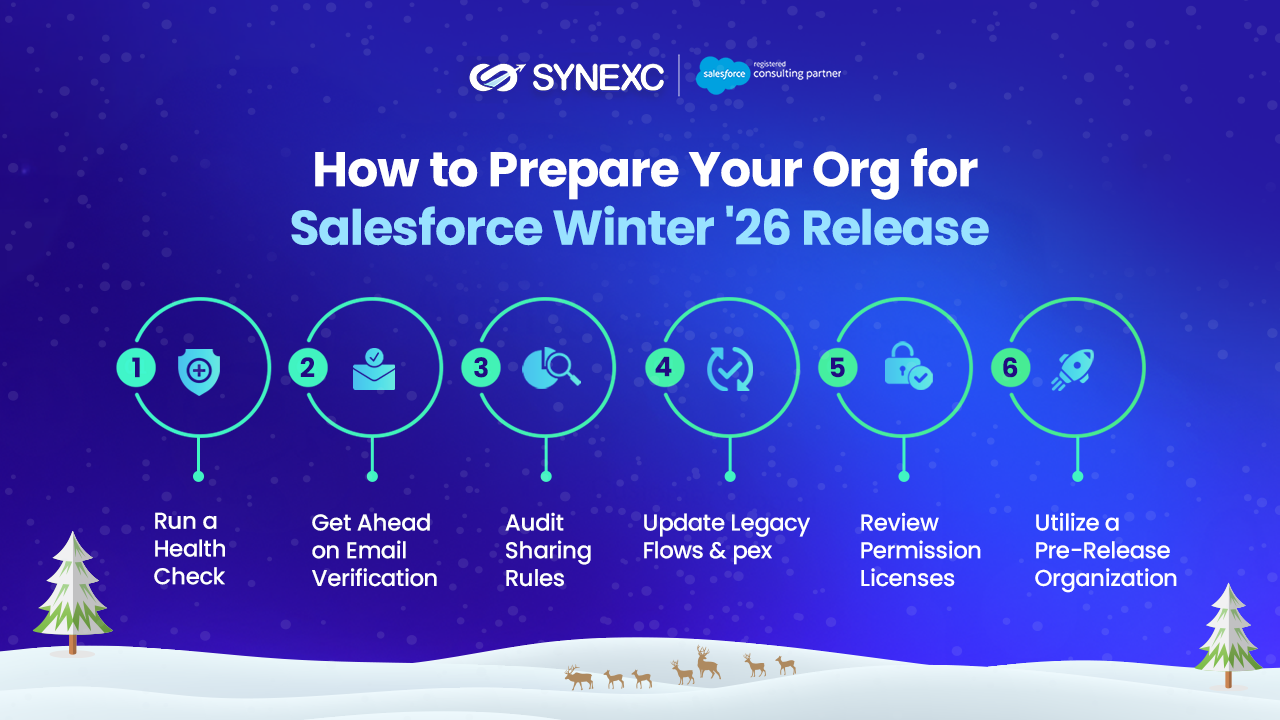
How to Prepare Your Org for Winter ’26
To stay ahead of the curve, here are some high-impact actions your team should consider:
- Run a Health Check: Use Salesforce Health Check tools to assess vulnerabilities and automation risks. This will help identify flows or permissions that could break after the update.
- Get Ahead on Email Verification: Start identifying users with unverified emails. Create reports or dashboards to track verification status and trigger alerts for cleanup.
- Audit Sharing Rules: Use sharing impact analysis tools to simulate how upcoming role-sharing changes might affect record visibility across teams or partner users.
- Update Legacy Flows and Apex: Migrate flows relying on deprecated permissions, and refactor Apex constructors, even if enforcement has been delayed, it’s best to modernize now.
- Review Permission Licenses: Especially if your teams are using Einstein or Service Assistant features, ensure correct license alignment ahead of enforcement.
- Utilize a Pre-Release Organization: Launch a sandbox connected to Salesforce Winter ’26 to test and confirm your updates early. This step often reveals overlooked impacts early.
Salesforce Winter ’26 Release Key Dates
- Preview Sandbox Availability: Begins August 23, 2025
- First Release Weekend: September 6, 2025 (for select orgs)
- Main Release Weekends: September 13 and 20, 2025
- General Availability: September 20, 2025 (subject to Salesforce Trust Calendar)
- View your org’s specific release date via: https://status.salesforce.com/releases
Conclusion
Salesforce Winter ’26 is a pivotal release, especially for teams that rely heavily on automated flows, custom sharing models, or integrations via API. Unlike other updates, this one goes deeper, modifying how access and communication work at the data layer.
If you need help auditing or upgrading your Salesforce org for Winter ’26, our Salesforce-certified experts at Synexc can guide you through a smooth transition.
Talk to our Salesforce consultants for a complete pre-release impact review!!


